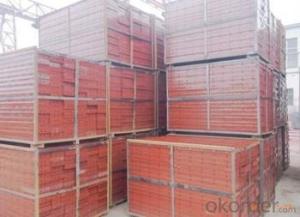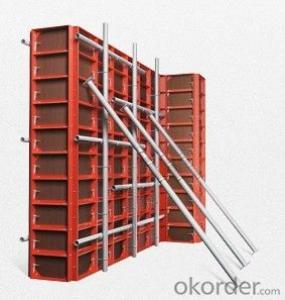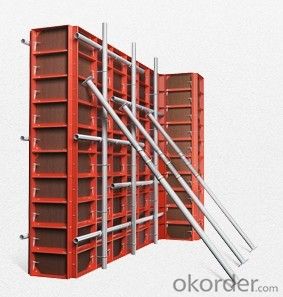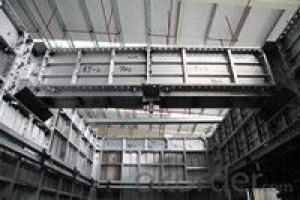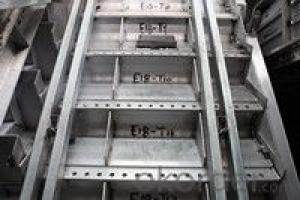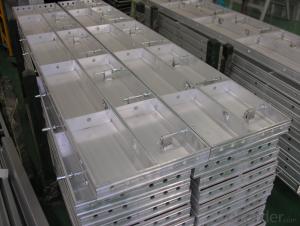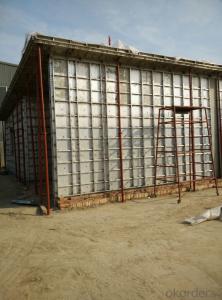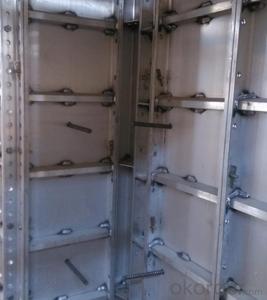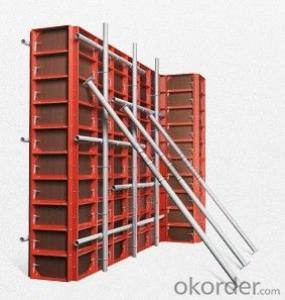CONCRETE FORMWORK SYSTEM FOR SALE
- Loading Port:
- Qingdao
- Payment Terms:
- TT OR LC
- Min Order Qty:
- 100 inch
- Supply Capability:
- 300000 inch/month
OKorder Service Pledge
OKorder Financial Service
You Might Also Like
· MWORK SYSTEM
Metric size | Inch size | ||
Height (mm) | Width(mm) | Height (feet) | Width (inch) |
100 | 4'' | ||
150 | 6'' | ||
200 | 8'' | ||
250 | 10'' | ||
2700 | 300 | 9 | 12'' |
350 | 14' | ||
400 | 16' | ||
450 | 18'' | ||
550 | 20'' | ||
550 | 22'' | ||
600 | 24'' | ||
100 | 4'' | ||
150 | 6'' | ||
200 | 8'' | ||
250 | 10'' | ||
2400 | 300 | 8 | 12'' |
350 | 14' | ||
400 | 16' | ||
450 | 18'' | ||
550 | 20'' | ||
550 | 22'' | ||
600 | 24'' | ||
100 | 4'' | ||
150 | 6'' | ||
200 | 8'' | ||
250 | 10'' | ||
1800 | 300 | 6 | 12'' |
350 | 14' | ||
400 | 16' | ||
450 | 18'' | ||
550 | 20'' | ||
550 | 22'' | ||
600 | 24'' | ||
100 | 4'' | ||
150 | 6'' | ||
200 | 8'' | ||
250 | 10'' | ||
1500 | 300 | 5 | 12'' |
350 | 14' | ||
400 | 16' | ||
450 | 18'' | ||
550 | 20'' | ||
550 | 22'' | ||
600 | 24'' | ||
100 | 4'' | ||
150 | 6'' | ||
200 | 8'' | ||
250 | 10'' | ||
1200 | 300 | 4 | 12'' |
350 | 14' | ||
400 | 16' | ||
450 | 18'' | ||
550 | 20'' | ||
550 | 20'' | ||
550 | 22'' | ||
600 | 24'' | ||
100 | 4'' | ||
150 | 6'' | ||
200 | 8'' | ||
250 | 10'' | ||
900 | 300 | 3 | 12'' |
350 | 14' | ||
400 | 16' | ||
